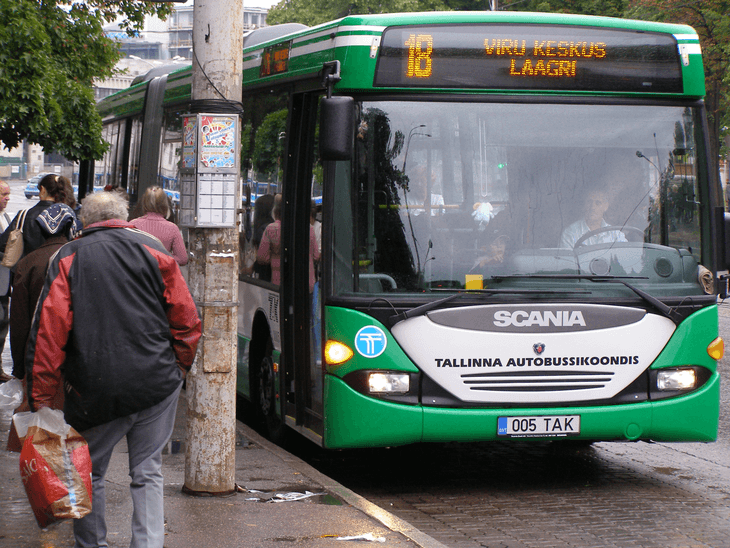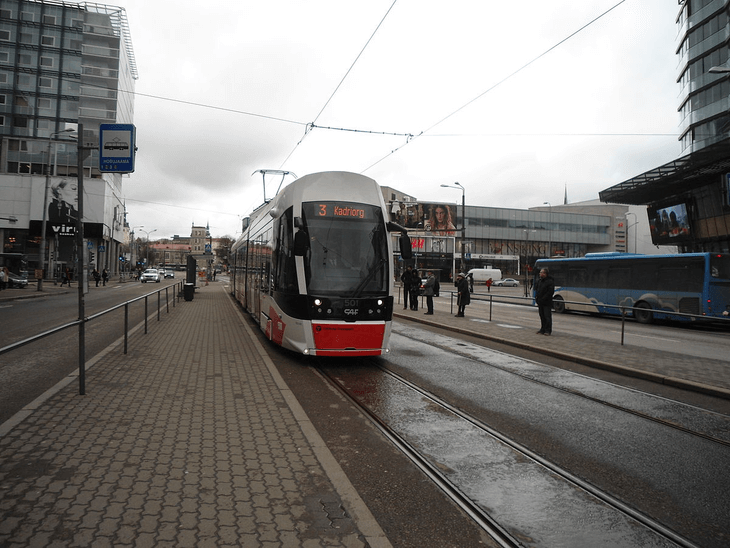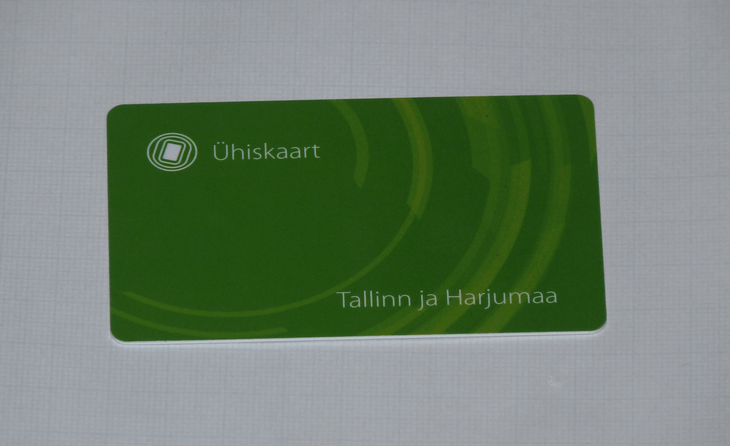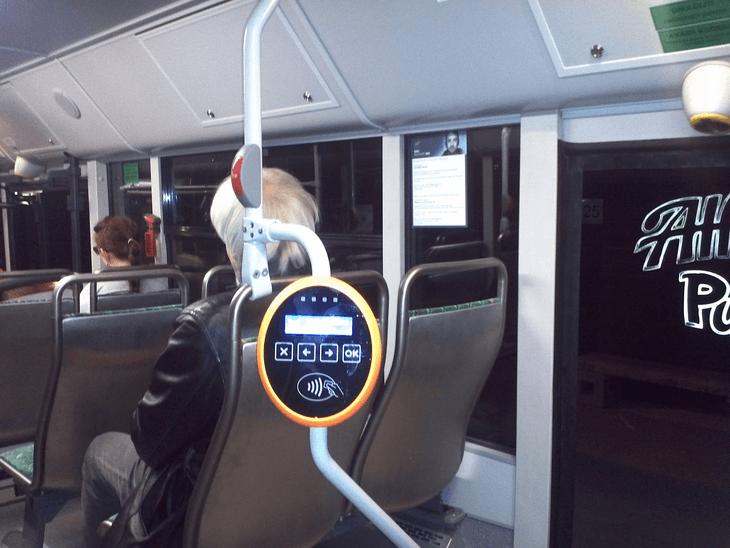In January 2013 the capital of Estonia made a shift to free public transport and became the world's largest city to offer free transit for all its residents.
The idea of free public transport is practiced in many localities all over the world. In Europe, Hasselt (Belgium) and many other smaller towns have extensive experience of providing free public transport. However Tallinn is the first capital and medium-sized city with a population of 417,000 to have introduced free public transport.
In a local referendum organized to involve residents into decision-making, a large majority of voters (76%) approved the choice of making public transport in Tallinn free. The city admistration has strengthened the incentive for modal shift by expanding some bus lanes in the city centre. The system works with a contactless card system that provides personalised benefits to all Tallinn's residents and travel statistics for the city administration.
Guangzhou Award
This project was shortlisted for the 'Guangzhou Award' in 2012 in the following category: Deserving initiative.
The economic crisis has excluded many residents from access to public transport, thus undermining social cohesiveness in the City of Tallinn. Moreover, air pollution and noise caused by too intensive car traffic in the city centre threaten residents’ health and the historical Old Town of Tallinn which belongs to UNESCO’s World Heritage List.
Free public transport strengthens social cohesiveness by granting urban mobility for all. Prioritising public transport serves as a useful tool for achieving smoother urban traffic, lower air pollution, and reducing the number of traffic accidents. The initiative also motivates still unregistered residents of the City to register their place of living officially in Tallinn. This increases the City revenues from personal income tax which enables the municipality to improve public services and quality of life for all residents.
A municipal referendum which involved into effective debate and decision-making the entire population was held on 19-25 March 2012. The result of the poll - 75% for and 25% against free public transport - provided strong mandate for the city administration to further prioritize public transport.
Tallinn analysed carefully the experience of existing free public transport systems in Europe and elsewhere. The group of Estonian experts and the team of international experts from the Royal Institute of Technology (Sweden) presented the City of Tallinn their analyses and research proposals in October 2012. Three key indicators were considered: the number of expected bus rides (presumably increasing), the number of cars entering the city's central area (presumably decreasing), the registration of new residents and the increasing gains induced by personal income tax.
The new contactless card system started operating in the vehicles of the Unified Ticketing System in September 2012. The system provides the appropriate technical support for free public transport. Every ride is counted and the system is made convenient also for non-residents.
Not only free transit has been implemented in Tallinn. Tallinn also decided to expand exclusive bus lanes at the expense of car lanes, raised tariffs and expanded the paid area for parking in the city centre. The city also enhanced the development of park & ride schemes. These schemes include the plannification of exclusive light traffic/bicycle roads and their parking facilities.
Parties involved in the project were:
- Tallinn Transport Department,
- Tallinn municipal transport company (Tallinna Linnatranspordi AS),
- Local and international experts,
- NGOs.
The public transport system in Tallin has always been highly subsidized. The subsidy part already accounted for 70% of public transport revenues before the introduction of free public transport. Now it accounts for 96%. Residents get a smart card that allow them to travel limitless within the city. Tourists still have to pay 1,60€ to use public transport.
Following outcomes have been achieved in the City of Tallinn after the introduction of free public transport:
- Improving social cohesiveness by granting mobility to all residents.
- Enhancing local economy by lowering labour expenses.
- Increasing the visibility of Tallinn - this innovative solution has already generated wide interest and global media coverage.
Ticket revenue - 14 million Euros - has to be compensated from other sources of the budget. Three times more residents registered as Tallinn residents in 2013 as in 2012. Registered residents of Tallin contribute annual revenues of about 10 million Euros, covering a substancial part of the project costs.
- Free Public Transport in Tallinn – A Brave Step towards the Green Capital, Guangzhou Award for Urban Innovation, http://www.guangzhouaward.org/650/content_810.html, (accessed 20 March 2016).
- Free Public Transport in Tallinn – A Brave Step towards the Green Capital, Urban inovation database, http://bit.ly/1RXx17M, (accessed 20 March 2016).
External links / documents
Want to know more about this project?
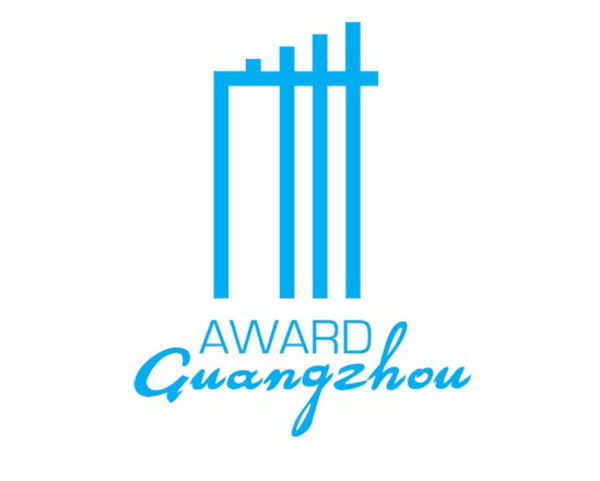
Related case studies

Ankara, Turkey
Improving the Quality of Life in a Disadvantage...
This project aims to achieve social inclusion through civic engagement, cultural vitality, gender equity, and poverty reduction
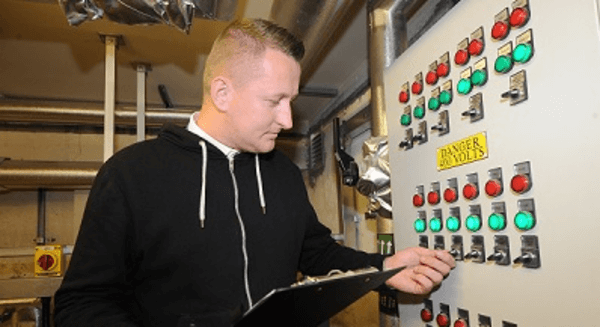
Glasgow, United Kingdom
Glasgow Green Wardens scheme: Greening the coun...
Glasgow gives employment opportunities in the green sector to people with a low employability profile through a traineeship scheme with the city council.
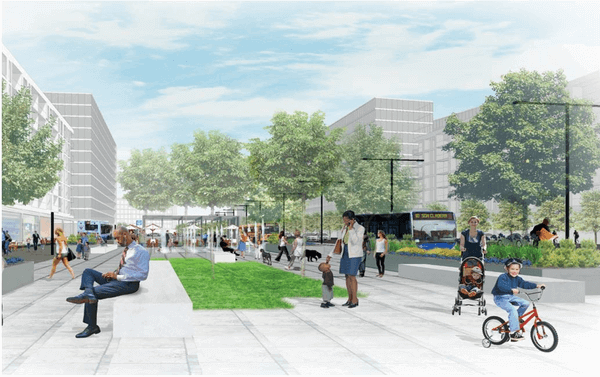
Montréal, Canada
Revitalization of Namur-De la Savane area
Addressing urban sprawl by sustainable transformation of vacant land.
